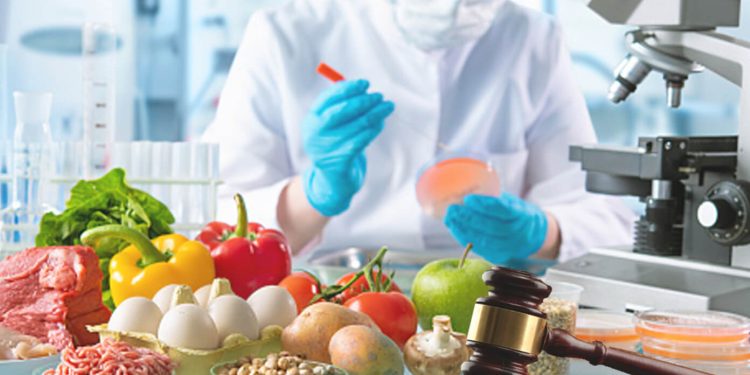Businesses in the Food and Beverages industry have to keep pace with a number of trends that can transform the markets in which they operate. One of the most significant trends for this industry is the ever-changing regulatory environment. With sustainability and growing consumer awareness in mind, governments are adopting increasingly aggressive measures to regulate different components of this industry. In 2022, the following developments will take place on the regulatory front.
New Definition of “Healthy”
The Food and Drug Administration’s (FDA) description of “healthy” has changed considerably over the years. The F&B enterprises need to keep abreast of this changing definition because it has a significant impact on how a product is developed. As per FDA regulations, the term “Healthy” is defined in terms of specific levels of total fat, saturated fat, cholesterol, and sodium. The FDA will continue to change this definition from time to time. Therefore, stakeholders need to monitor these changes in 2022 and beyond to prevent product recalls. The new description will most likely contain limitations for certain nutrients, including sodium, saturated fat, and added sugar.
Modernizing the standards of identity (SOI)
In the F&B industry, standards of identity for food products are old and redundant. Feeling the need to update the standards, FDA has expressed intent to revisit, establish or revoke the standards of identity. Looking toward 2022 priorities, FDA plans to revamp several standards.
In 2021, the FDA already issued a final rule to modernize and modify the standard of identity for yogurt, allowing for technological advances and greater flexibility in its production.
Modernizing SOI will help FDA achieve the following goals:
- Deter adulteration
- Maintain nutritional integrity and essential characteristics of food
- Promote innovation to encourage industry to produce healthier food
Resolving labeling issues on Animal Cell Technology
Animal cell technology involves using a small number of cells from living animals to grow different food products in a controlled environment. The regulatory agencies ensure food developers bring appropriately labeled and safe products to the consumers. In 2019, the FDA and USDA-FSIS issued a formal agreement on how they will ensure proper labeling and safety of the food products containing cultured animal cells. These agencies have held public meetings to understand the science of this technology better, but they are yet to resolve labeling issues. Alignment and clarity on this issue from these agencies are expected in 2022.
FDA’s Action plan to tackle toxic metals in baby food
As a result of recent revelations regarding heavy metals, like Arsenic, Cadmium, Lead, and Mercury in baby food, there is an urgent need for the FDA to establish stringent rules for minimizing heavy metal concentrations in baby food. The U.S. regulatory agency has indicated it may soon propose action levels (contamination levels at which an edible product may be regarded as adulterated)for heavy metal contaminants in baby food by April 2022. However, the stakeholders plan to continue pushing the agency to expedite its timelines. The FDA may take the following actions in 2022 regarding toxic elements in baby food.
- Setting action levels based on inputs from various stakeholders
- Increasing enforcement activities
- Monitoring progress made on the issue
Regulation of Cannabinoids
Although the sale and use of marijuana for recreational (legalized in 2016) and medical (legalized in 1996) purposes is already allowed, in 2021, California passed a bill to permit California consumers to purchase products manufactured with hemp-derived cannabinoids. The state’s action is in direct conflict with the FDA’s position. FDA says that while it recognizes the potential opportunities that cannabinoids may offer, some companies are marketing products containing cannabinoids in ways that violate FD&C Act. In 2022, FDA may take measures to improve the efficiency of regulatory pathways for the lawful marketing of such products while protecting public health. Also, we may witness active enforcement against harmful cannabinoids, like delta-8-THC. As per FDA, between 2020 to 2021, several adverse events resulting from delta-8-THC consumption have been reported by both consumers and law enforcement. Adverse events included hallucinations, vomiting, trouble standing, and loss of consciousness.
Final Words
The regulatory activities are expected to intensify in 2022, directly impacting F&B innovators and manufacturers. Therefore, the businesses operating in this industry need to keep a close eye on these changes to improve their products and prevent expensive product recalls.







